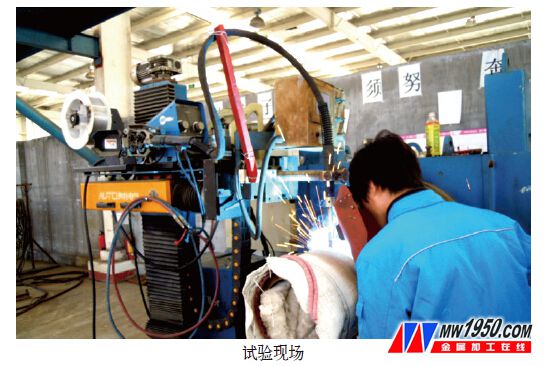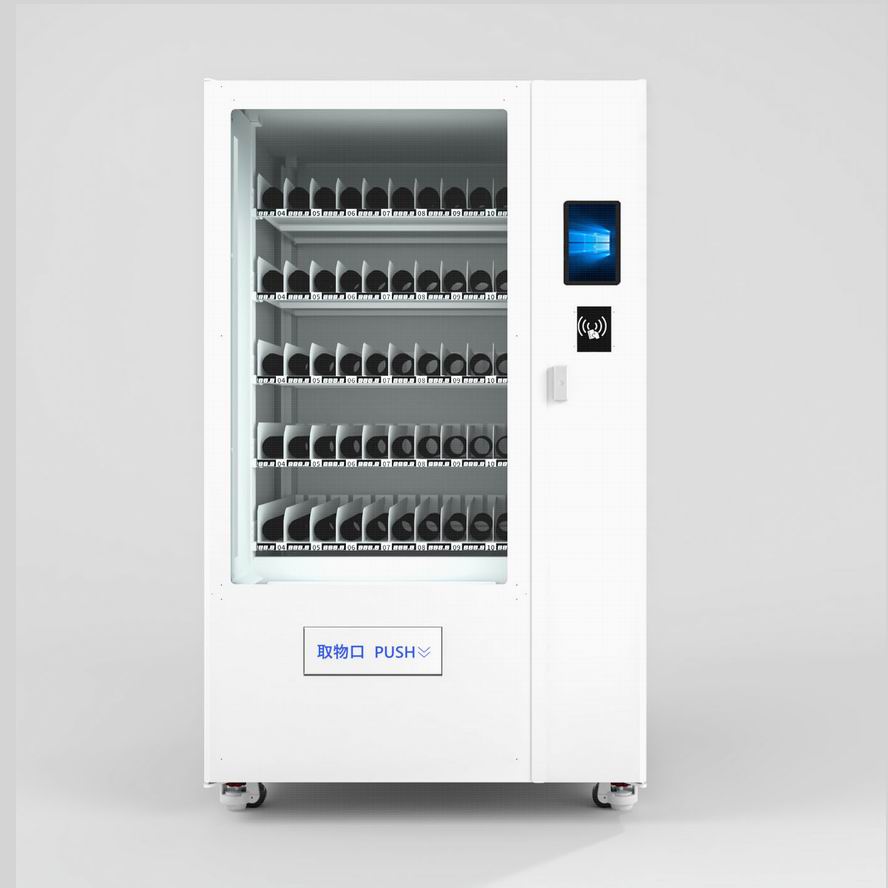Main Products and Common Welding Consumables
Our company is a construction and engineering unit, primarily involved in the construction of chemical and petrochemical equipment, boilers, tank towers, pipelines, and structural components. Due to the nature of construction projects, the commonly used welding methods include electrode arc welding, tungsten inert gas (TIG) welding, metal inert gas (MIG) welding, submerged arc welding, and gas metal arc vertical welding. As a result, the main welding materials used are welding rods, solid wires, and flux-cored wires. The range of materials covered is extensive, including heat-resistant chromium-molybdenum steel, low-temperature steel, stainless steel, nickel alloys, titanium alloys, and aluminum alloys. Currently, due to the flexibility and high penetration rate of electrode arc and TIG welding in field applications, they are the most widely used. In contrast, MIG, submerged arc, and gas metal arc vertical welding are limited by various conditions, resulting in more restricted applications. According to incomplete statistics, welding rods account for over 50% of the total welding material used in projects, while MIG wire accounts for less than 30%, with the rest making up the remaining 20%.
Experimental Application of P91 Heat-Resistant Steel Solid Wire Gas Shielded Welding
With the development of welding technology, methods such as MIG and submerged arc welding are gradually being applied on construction sites, such as in the use of MIG welding for alloy pipelines and transverse submerged arc welding in tank engineering.
T/P91 martensitic heat-resistant steel has excellent high-temperature mechanical properties and pressure resistance. It is increasingly replacing T/P22 and T/P5 grades in petroleum and petrochemical distillation and cracking equipment, as well as refinery piping and plates. However, its weldability is poor, and it is prone to issues like cold cracking, brittle joints, and softening in the heat-affected zone (HAZ). To achieve satisfactory welds, strict adherence to technical regulations is necessary. Therefore, the common welding process involves using TIG wire for the root pass, followed by SMAW for filling and capping, with most materials still relying on imports.
P91 materials are typically thick-walled, making the low-efficiency TIG-SMAW process unsuitable for fast-track construction projects. In response, our company has focused on developing high-efficiency welding processes and materials for P91 pipelines, including MIG and submerged arc welding.
To this end, we collaborated with welding consumables manufacturers and conducted numerous tests on P91 pipeline solid wire gas shielded welding. After screening, several gas mixture tests were performed using P91 MIG solid wire, as shown in the diagram.
First, using 100% argon gas resulted in severe arc instability, minimal penetration, and poor fusion between the molten pool and base metal.
Second, a 95% Ar + 5% COâ‚‚ gas mixture reduced arc drift but still led to shallow penetration and poor fusion, making it difficult for the welder to handle.
Third, an 85% Ar + 15% COâ‚‚ gas mixture provided a stable arc, good weld appearance, and better fusion, although the penetration was still shallow, and automatic welding was not feasible.
Finally, a 80% Ar + 20% COâ‚‚ gas mixture was determined to be optimal. It provided a stable arc, moderate penetration, and good fusion, allowing for both manual and automated welding.
The key to the welding process is maintaining thin layers, generally ≤ 3mm, ensuring even side-to-side coverage, full filling, and avoiding dead zones that could cause lack of fusion. Wind protection measures must also be strengthened to prevent porosity caused by wind interference.
Additionally, heat input is strictly controlled: ≤15 kJ for TIG and ≤30 kJ for MIG. The interpass temperature is maintained between 210–230°C. After welding, the temperature is cooled to 120°C within 1 hour, followed by post-heating at 350°C for 1 hour and subsequent heat treatment.
The test weld joints were evaluated according to relevant standards, and all normal temperature bending, tensile, and impact tests passed. To ensure safety, additional high-temperature tensile and creep tests were conducted, and the results met specifications. Based on these findings, two welding procedures were established. Building on the success of P91 MIG welding, we are now conducting related tests on submerged arc welding to meet future P91 pipeline welding needs.

Future Development Ideas for Welding Materials
Modern refining and chemical engineering projects involve large-scale structures, containers, and pipelines. Increasingly, there are large, heavy, long, tall, and thick structures that require high-temperature, high-pressure, and corrosion-resistant performance. The diversity of materials is growing, with higher proportions of heat-resistant steels, low-temperature steels, stainless steels, duplex steels, and non-ferrous metals. These characteristics bring new and higher demands on welding consumables and processes. High-efficiency, eco-friendly, user-friendly, and field-adaptable welding methods and materials are urgently needed.
(1) For steel structure welding, efforts are being made to reduce or eliminate the inefficiency and high cost of electrode arc welding. MIG or self-shielded welding is currently the best alternative, but its adaptability in the field is limited, and all-position welding is challenging. Improving the performance of welding materials can enhance welder operability. Self-shielded wires offer local production and cost reduction, which could open a large market.
(2) In equipment piping, submerged arc welding without arc is ideal due to its low pollution, high efficiency, and good welder operability during factory prefabrication. However, the development of submerged arc welding wire and flux for special materials like P91 heat-resistant steel and 9% Ni low-temperature steel lags behind, affecting their application.
(3) With the increasing demand for deep chemical processing, non-ferrous metals like titanium, aluminum, and nickel alloys are becoming more common. However, their welding methods and materials are relatively limited. For example, nickel alloy MIG wire is not yet localized, aluminum alloy welding wire quality is unstable, and titanium alloy welding is mainly done via TIG. Further research and development are needed to improve welding quality and efficiency.
More exciting content – Welcome to Metalworking Online》》》Essen Special Report

The 19th Beijing Essen Welding & Cutting Fair
An intelligent spring lifting cabinet is a versatile and innovative storage solution that combines the functionality of a traditional cabinet with the convenience of automated lifting mechanisms. These cabinets utilize advanced technology to provide effortless access to stored items, making them ideal for various applications, from home offices to industrial settings.
Key Features
Automated Lifting Mechanism: The most distinctive feature of an intelligent spring lifting cabinet is its ability to automatically raise and lower shelves or drawers at the touch of a button. This eliminates the need for manual effort, making it easier to access items stored at higher levels.
Smart Technology: These cabinets often incorporate smart technology, such as sensors and microcontrollers, to enhance their functionality. For example, some models may have built-in lighting that automatically turns on when the cabinet is opened.
Customizable Settings: Many intelligent spring lifting cabinets allow users to customize settings such as the lifting speed, height, and security features. This ensures that the cabinet can be tailored to meet specific needs and preferences.
Durable Construction: These cabinets are typically constructed from high-quality materials, such as steel or aluminum, to ensure durability and longevity.
Ergonomic Design: The automated lifting mechanism helps to reduce strain on the back and shoulders, making it easier to access items without bending or reaching.
Types of Intelligent Spring Lifting Cabinets
Single-Level Cabinets: These cabinets have a single level that can be raised or lowered. They are ideal for storing items that are frequently accessed or need to be kept at a specific height.
Multi-Level Cabinets: These cabinets have multiple levels that can be raised or lowered independently. They are suitable for storing a variety of items, from books and documents to tools and equipment.
Drawer Cabinets: These cabinets feature drawers that can be raised or lowered automatically. They are convenient for storing smaller items that need to be easily accessible.
Combination Cabinets: These cabinets combine features of single-level, multi-level, and drawer cabinets, offering a versatile storage solution.
Applications
Intelligent spring lifting cabinets have a wide range of applications, including:
Home Offices: For storing documents, books, and office supplies.
Kitchens: For storing dishes, cookware, and pantry items.
Garages: For storing tools, equipment, and automotive supplies.
Workshops: For storing tools, materials, and supplies.
Laboratories: For storing chemicals, equipment, and supplies.
Retail Stores: For displaying and storing products.
Benefits
Improved Accessibility: The automated lifting mechanism makes it easier to access items stored at higher levels, reducing strain on the back and shoulders.
Enhanced Efficiency: By eliminating the need for manual lifting, intelligent spring lifting cabinets can improve efficiency and productivity.
Increased Safety: These cabinets can help to prevent injuries by reducing the risk of falls or strains.
Enhanced Organization: The ability to customize settings and organize items effectively can help to improve organization and reduce clutter.
Aesthetic Appeal: Many intelligent spring lifting cabinets have a sleek and modern design that can enhance the appearance of any space.
Considerations
When choosing an intelligent spring lifting cabinet, it is important to consider the following factors:
Size: Ensure that the cabinet is the right size to accommodate your storage needs.
Weight Capacity: Consider the weight capacity of the shelves or drawers to ensure they can safely support your items.
Features: Choose a cabinet with features that meet your specific requirements, such as built-in lighting, security features, or customization options.
Power Source: Some cabinets require external power, while others may have built-in batteries.
Price: Consider your budget when selecting an intelligent spring lifting cabinet.
By carefully considering these factors, you can choose an intelligent spring lifting cabinet that provides a convenient, efficient, and safe storage solution
External dimensions: 1260mm long; 880mm thick; 1950mm high
Inside grid dimension: 150mm long; Deep 378mm; 177mm high
Screen size: 21.5-inch touch screen
Product color: gray
Spring cabinet capacity: 80 spring cargo lanes, larger can store 1600
Freight lane type: 8 floors * 10 lanes * 20 partitions
Number of grids: 28
Applicable system: card swiping, facial recognition
Power supply: AC220V/50HZ

Spring Lifting Cabinet,Spring Mechanism Lifting Cabinet,Glass Lifting Spring Machinism Cabinet
Jiangsu Xicang Intelligent Technology Co., Ltd. , https://www.xciwarehousing.com